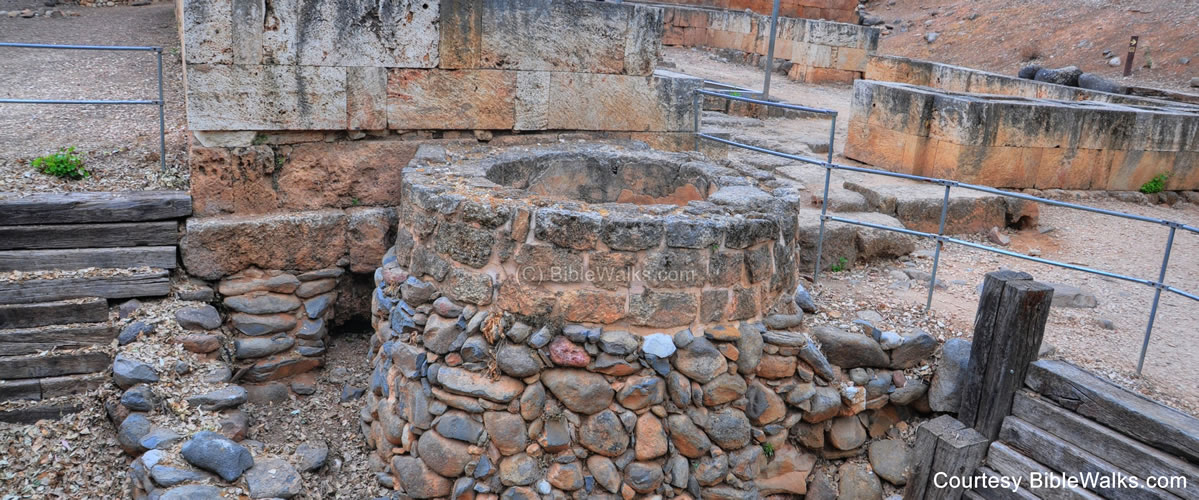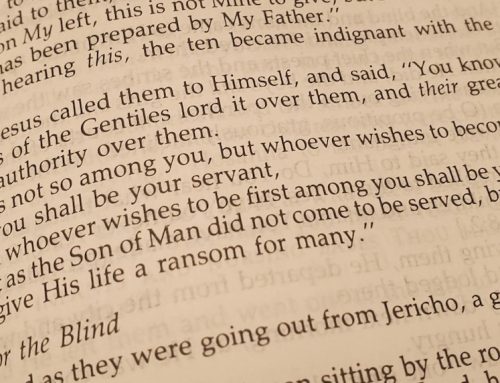The essence of idolatry is the creation of one’s own rules for religion. If you make the rules, those who can be convinced to follow them are like clay in your hands. Nearly 3,000 years before Karl Marx and Hitler discovered that, and put the state in charge of religion, Jeroboam had already beat him to it. His rebellion against Rehoboam’s despotism ended up splitting the Kingdom of Israel into the divided northern and southern kingdoms of Israel and Judah.
Having lost access to Jewish religious life in Jerusalem, Jereboam made a calculation. He decided to build his own altars and appoint his own priests so his subjects wouldn’t have to cross into Judah’s territory to worship in Jerusalem. Why not just give the people a local religion they want, and keep it in your borders so you can control it? Then you are free to use it to suit your political whims.
Of course, this was hardly the first time in human history that people created their own religion out of whole cloth. Pagan idolatry is entirely based on turning the objects of one’s own making into a religious focus of worship. It could be a physical statue (a golden calf), a location (the high places), man-made items (altars, trinkets, etc.) or self-improvement courses written by a sci-fi novelist (Scientology).
Or, it could be an entire church. Like Stanton, perhaps.
Like Jeroboam’s high places, Stanton was built entirely on false premises. And as Merie herself acknowledged, faulty premises lead to faulty conclusions. Wow, how we’ve seen that play out in Stanton’s short history.
Merie’s founding battle cry, and Stanton’s raison d’être, was its status as the One True Church. Her sect, like so many founders of sects before her, was supposed to be based on the Bible alone. Yet it wasn’t, as numerous exposés on this blog have illustrated in great detail. See here, here, and here.
In reality, Stanton has no more lock on The Truth than Jeroboam had. Both built their sects by sacrificing on altars of their own making, so to speak. Both also used a priestly, or at least a rabbinical class of their own making. Stanton mixed some truth with some wild misinterpretations of Scripture, and then sought to preach and enforce these new doctrines militantly. You’ll excuse me if I don’t understand the difference between this and old-fashioned idolatry.
Stanton makes up their own doctrines just like the Pharisees, and gives rabbinical advice that sets them up as the Only Wise Counselors, just like the Pharisees. “You must not go on vacation,” said Merie. Over the years, that morphed to “You must not go on vacation over Sunday,” to “You must not go on vacation over Sunday without permission from your rabbi (teacher).” Now I believe it is “You must not go on vacation and miss a church function (the work), even if midweek, without permission from your rabbi.”
What’s next? Legal rulings from the rabbis about what constitutes a vacation, and what constitutes a church function, and whether you can substitute your home congregation’s church function with the church function of a congregation you’re visiting? Oh wait, they’ve already had exactly that deliberation at May Week. Sounds an awful lot like the Pharisaic rulings on what constitutes work on the Sabbath, and how far one can travel on the Sabbath. I literally shake my head in bewilderment that they don’t see the parallels.
The challenge for us believers, of course, is to see the Pharisaism and idolatry in our own thinking. Do we sometimes put tradition in an exalted place in our minds? No doubt. It’s easy to do. My prayer is that Stanton recognizes this error and decides to conform to the unity plea of Barton Stone and Alexander Campbell. Jesus’s prayer was for his followers to walk in love and in unity. Separating into warring factions, as Merie did with the birth of Spring Valley and the Stanton sect, works precisely counter to that prayer.







FYI, the featured photo for this article is from the actual archaeological remnants of Jeroboam’s fake religion at Dan. You can read more about the archaeology and history of Dan here.